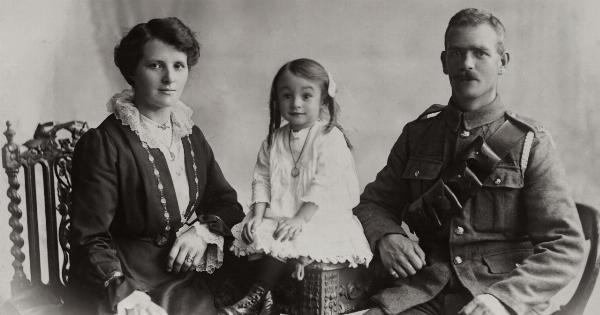Women’s roles and status in society have evolved significantly throughout history. From ancient times to the modern era, women have faced various challenges and made remarkable progress.
In this article, we explore four surprising data points that shed light on the experiences of women in different contexts and time periods.
1. Education and Literacy
Education has been a crucial factor in determining the empowerment and opportunities available to women. In ancient civilizations, such as Ancient Egypt and Mesopotamia, some women from elite families received formal education.
These women were often trained in domestic skills, music, and dancing, reflecting their expected roles in society.
However, the majority of women in ancient times did not have access to formal education. This trend continued throughout the Middle Ages, where education was mainly reserved for men.
Few exceptions existed, with some noblewomen in Europe being privately educated.
The situation began to change during the Renaissance and the Enlightenment periods. The advent of women’s schools and academies in Europe, such as the Ursuline Order of nuns, provided women with educational opportunities.
However, formal education was still limited for most women until the late 19th and early 20th centuries when access to education gradually became more widespread.
2. Employment and Economic Participation
Historically, women’s economic activities were often closely tied to their household and family responsibilities. In agrarian societies, women played crucial roles in agricultural production alongside men.
However, as societies became more industrialized, women’s economic participation faced significant challenges.
During the Industrial Revolution, for example, working-class women often found employment in factories and mills. However, they faced unfair wages, harsh working conditions, and limited opportunities for career advancement.
The concept of “women’s work” emerged, emphasizing jobs considered more suitable for women, such as domestic service, textiles, and clerical work.
It wasn’t until the 20th century that significant strides were made towards gender equality in the labor force.
The two World Wars brought about major shifts in women’s employment patterns, as they filled roles traditionally held by men who were away at war. These experiences served as catalysts for women’s rights movements and eventually led to the advancement of legislation promoting gender equality in employment.
3. Political Rights and Representation
The struggle for women’s political rights and representation has been a long and ongoing battle. Ancient civilizations, such as Ancient Egypt, had female rulers like Cleopatra who wielded significant power.
However, these examples were exceptions rather than the norm.
In most societies throughout history, women were excluded from political participation and leadership roles.
It was only in the late 19th and 20th centuries that women’s suffrage movements gained traction and successfully campaigned for the right to vote. New Zealand became the first country to grant women the right to vote in 1893, followed by several others, including the United Kingdom and the United States.
While progress has been made, gender disparities in political representation persist. In many countries, women continue to be underrepresented in political offices, both at the national and local levels.
Efforts to address this issue, such as gender quotas and affirmative action policies, have had varying degrees of success in different regions.
4. Women’s Health and Reproductive Rights
The history of women’s health and reproductive rights reveals a complex and evolving landscape. Throughout much of history, women had limited control over their reproductive choices.
Access to contraception and safe abortions was restricted, and childbirth-related mortality rates were alarmingly high.
The 20th century brought significant advancements in women’s reproductive healthcare.
The development of modern contraceptives, including the birth control pill, revolutionized women’s ability to plan their families and participate more fully in society. However, reproductive rights remain a highly debated and divisive issue in many parts of the world.
Moreover, women’s health concerns and the availability of healthcare services have received increased attention over recent decades.
Efforts to improve reproductive healthcare, address maternal mortality rates, and combat diseases affecting women, such as breast and cervical cancer, have made significant progress but still face challenges in certain regions.
Conclusion
Throughout history, women have constantly strived for equality and recognition in various aspects of life. From education to employment, political rights, and healthcare, progress has been made, but there is still work to be done.
Understanding the surprising data points behind women’s experiences through the ages helps us appreciate the achievements, as well as the ongoing challenges, faced by women globally.































